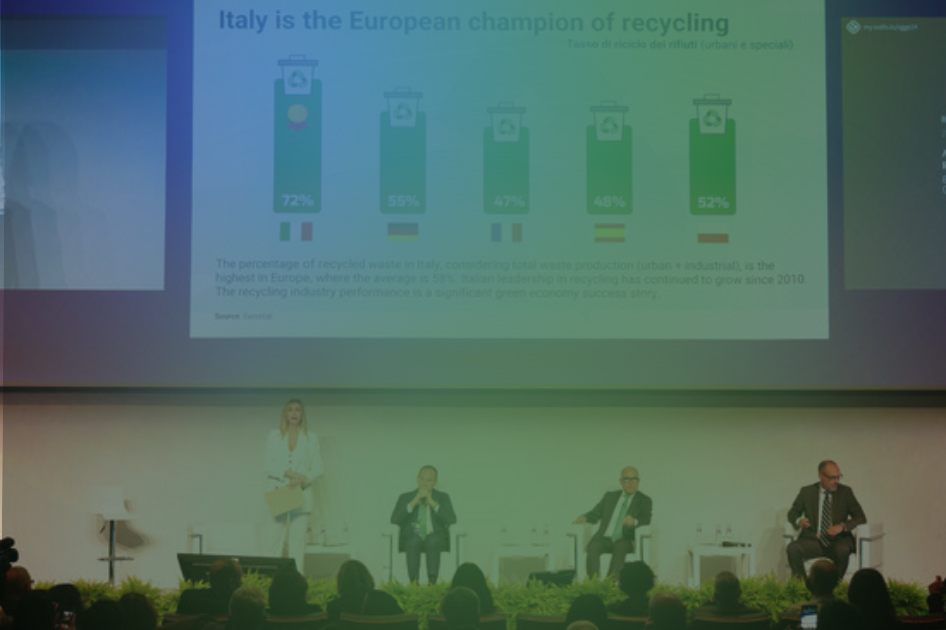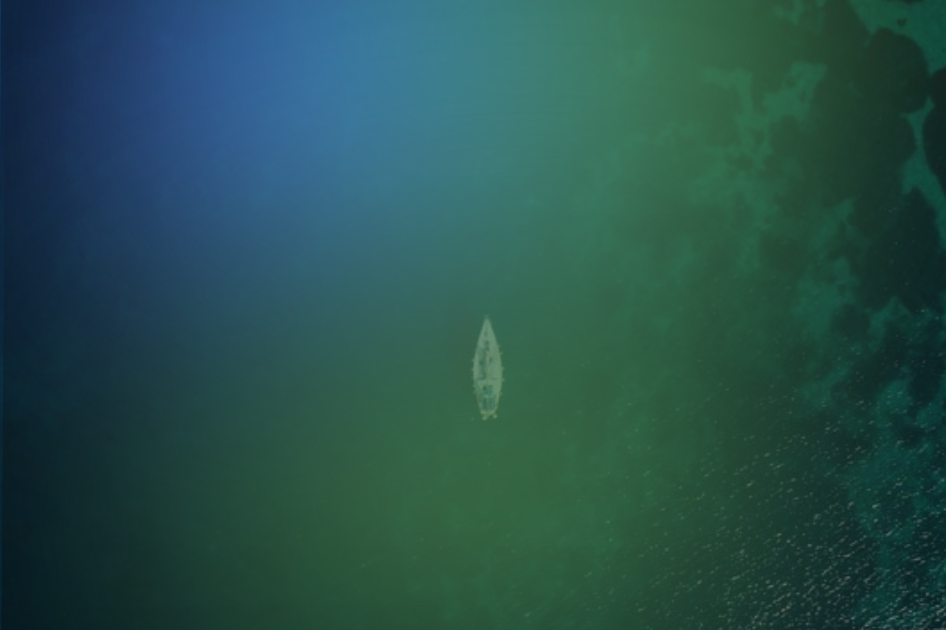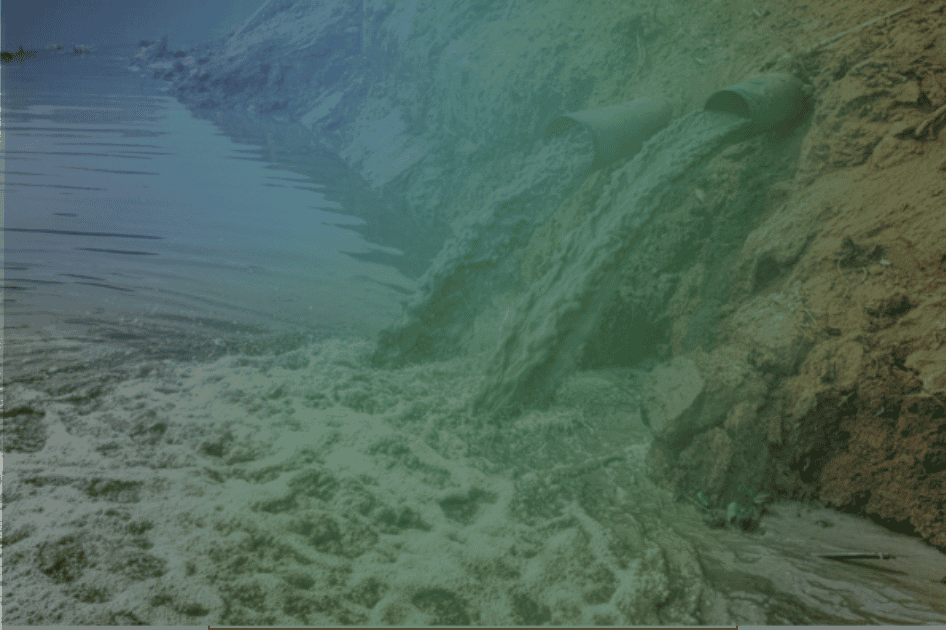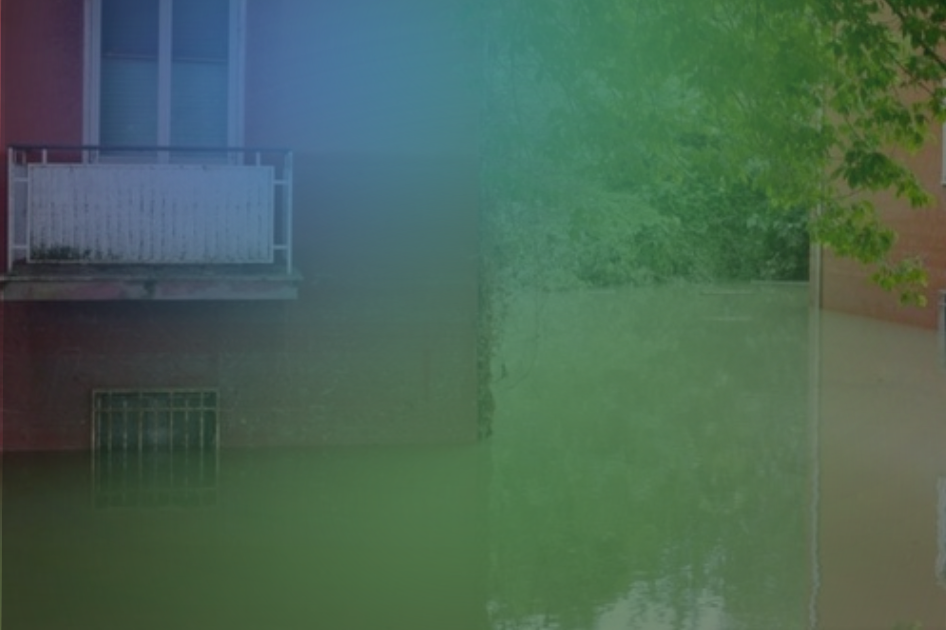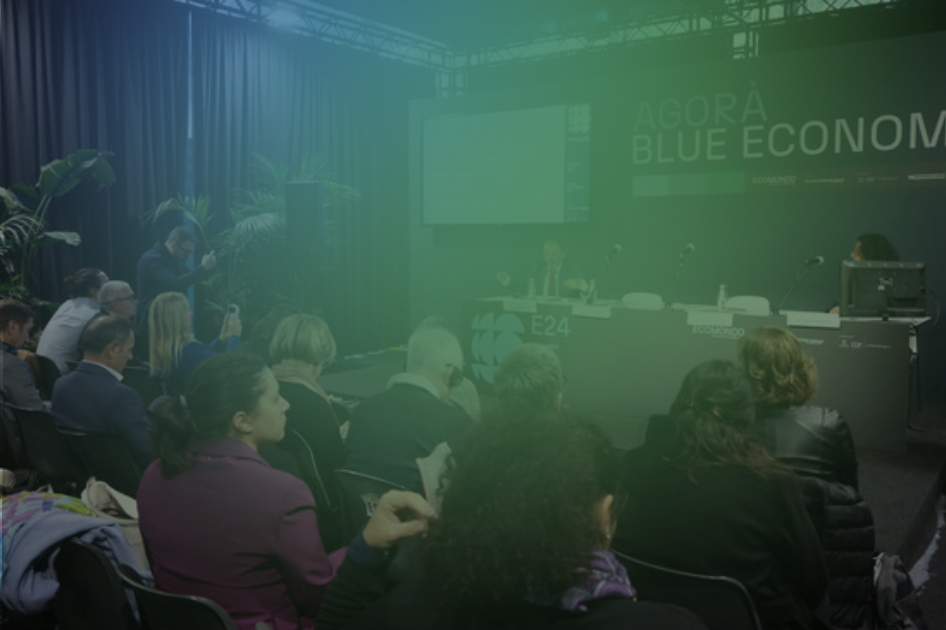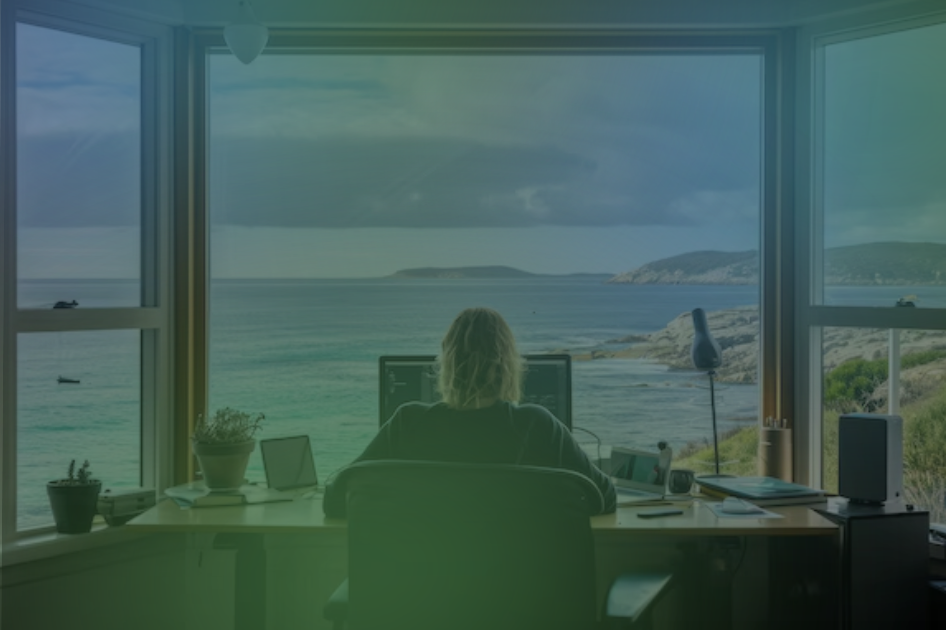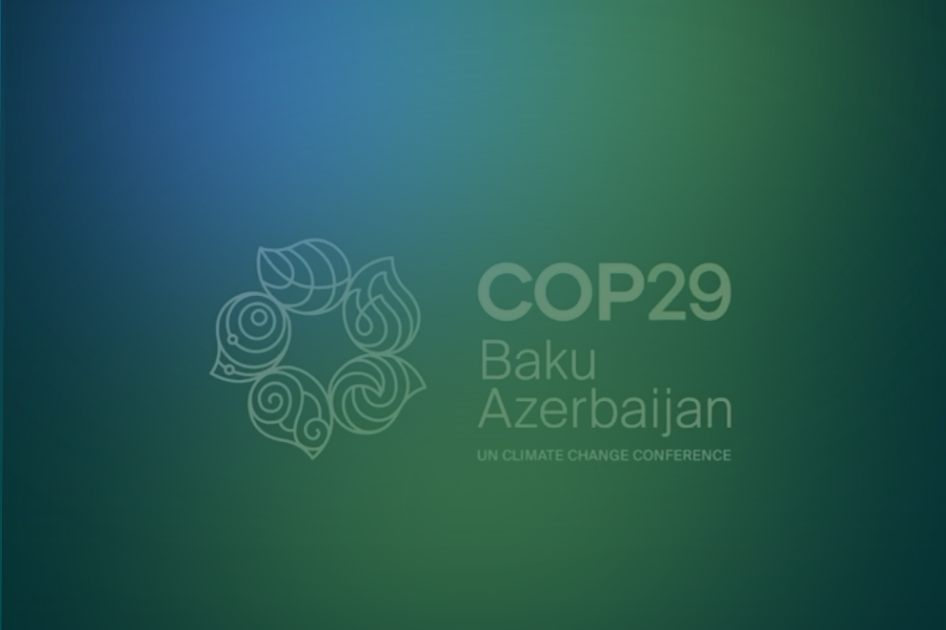The names on the menu are simple: trout, diaphragm, deer, summer salad. And yet behind them lies the radical philosophy and unmistakable style of Norbert Niederkofler, the ethical chef with three Michelin stars and one Green Star. With his Cook the Mountain philosophy, Niederkofler takes sustainability and zero-kilometre sourcing to a new level of flavour and of political message. Respect for the land, the fight against overtourism, the protection of local supply chains without compromise and zero waste are his battles.
At 64, the South Tyrolean chef shows no sign of stopping. In 2023, he opened his Michelin-starred Atelier Moessner, located in the main villa of the historic wool mill of the same name. In 2025, he launched The View, a culinary experience set at 2,235 metres above sea level at the AlpiNN. During this year, he took over the management of the stately Ansitz Heufler residence in Rasun di Sopra.
In the summer of overtourism and the search for a more human pace away from social media, Norbert Niederkofler believes that authenticity at any cost is the way forward. <<We’re going through a very complex phase. My contribution is to create places of real beauty and harmony, that go beyond just hospitality, eating, and drinking. I believe we need to create deeply emotional experiences, without compromise.>> What’s needed is a way of narrating and managing places that doesn’t pursue consumption at all costs, but instead puts first those who live, those who produce, farmers, breeders, and artisans above all.
Therefore, how can we restore a territory and bring back a slower pace and culinary sustainability to it?
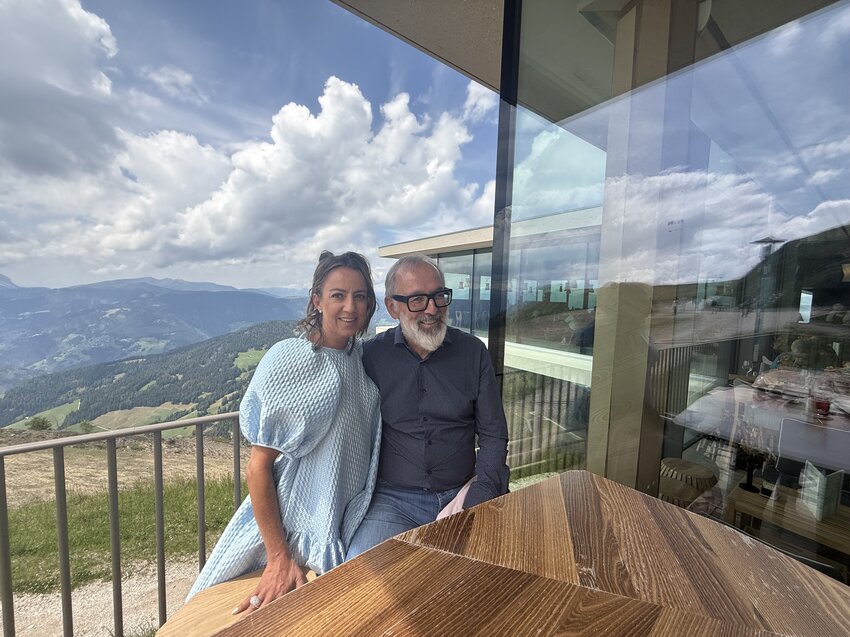
Cook the Mountain
<<To find the answers, I started with my roots (the chef is from Lutago, in the Aurina Valley, the northernmost valley in Italy, editor’s note). From there, I sought respect for biodiversity, the spread of organic and zero-kilometre produce, and the rediscovery of a slower way of life that follows the seasons.>> This is how the Cook the Mountain philosophy was born: everything must come strictly from the Alpine region: no greenhouses, no olive oil, no citrus fruits, rediscovery of forgotten varieties, zero waste. This is the mantra he repeats to both his team and the guests at Atelier Moessner in Brunico. Even the skin of a char or a potato peel can become a gourmet ingredient.
<<I wrote the Cook the Mountain manifesto in 2008,>> the chef explains. <<It took us five incredibly difficult years to build the supply chain. Years spent persuading farmers to meet our needs and establishing a strong, open local economy. Farmers and livestock breeders must be considered as artisans of the land, protecting the territory.>>
At first, many thought he’d lost his mind. A prominent former Michelin journalist even tried to convince him to think again about Cook the Mountain. He risked losing the two stars he earned with his first restaurant, Hubertus. <<I called the team together and read them the journalist’s email. The next day, I found torn-up copies of it scattered across the kitchen.>> The path was set: radical sustainable cuisine had found its maximalist, willing to sacrifice his status to defend his idea. <<But in the end, the facts proved us right. Cook the Mountain earned us our third star and became a philosophy.>>
- You may also be interested in: Sustainable fishing, a global challenge: saving the sea starting from the table
The influence on South Tyrol's culinary scene
The Cook the Mountain philosophy hasn’t only transformed Niederkofler’s approach to cooking, but it has also become the foundation for countless initiatives across South Tyrol and beyond. It has helped accelerate the slow food movement, giving rise to new value chains: from the creation of the Gallo Rosso label for traditional inns, Hofschänke e Buschenschänke, to the development of the South Tyrol Sustainability Label, which recognises restaurants and inns adopting sustainable practices from an ecological, social, and cultural perspective. The facilities' commitment is divided into three levels:
- level 1 marks the beginning of the journey towards more responsible gastronomy,
- level 2 certifies significant progress,
- while level 3 attests to the highest standards of sustainability with international recognition.
<<What I'm truly proud of is that we've shown young people how even a radical approach based on respecting nature, traditions, and the roots of a local area can earn three Michelin stars,>> he adds as he orders a blueberry juice with sparkling water and ice on the AlpiNN deck. <<It’s an example that can be followed in other regions too. For instance, the Apennines, where there are already chefs working along these lines, though their vision has yet to gain wider recognition.>>
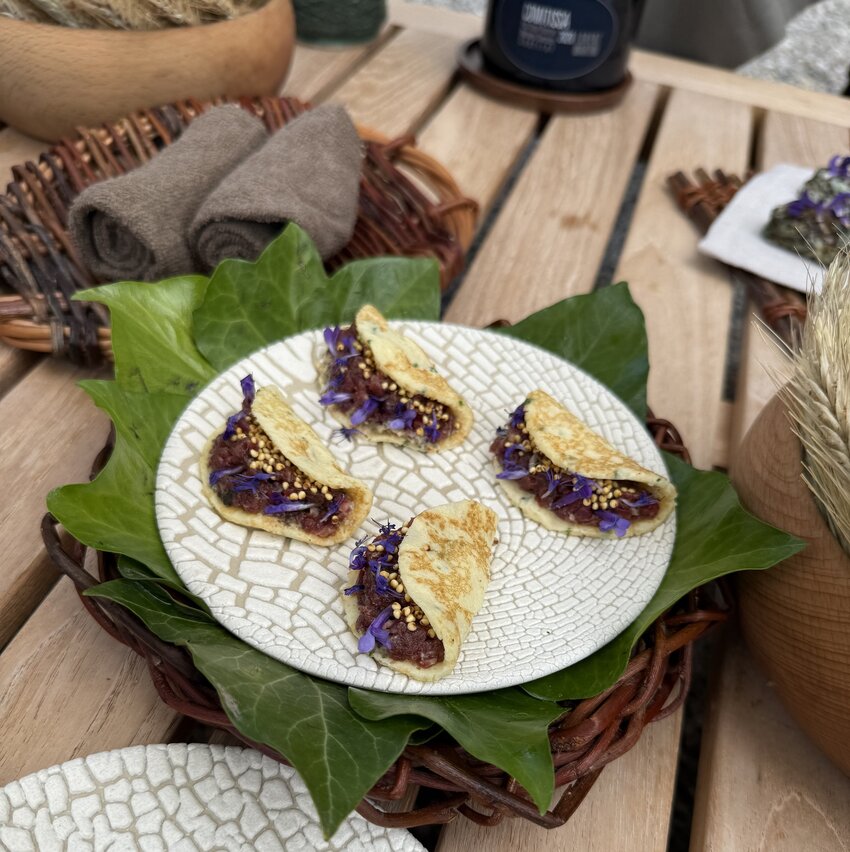
Circularity beyond food
Reclaiming abandoned or overlooked spaces has become a hallmark of every South Tyrolean restaurant under the Niederkofler brand. This interview took place at AlpiNN, a restaurant at the top of the famous Plan de Corones ski resort, housed in the former arrival station of the area's first cable car, which was abandoned years ago and renovated in 2018.
The old, crumbling building has been converted into the Lumen Alpine Photography Museum and the restaurant's overhanging balcony, entirely surrounded by glass walls, which gives the illusion of eating while flying. The restaurant, including the newly launched The View section, was designed by internationally acclaimed designer Martino Gamper, well known in sustainability circles for his 100 Chairs in 100 Days project, crafted from discarded furniture found on London’s streets or in friends’ homes. <<I gave Martino two instructions: create a living room at an altitude of 2,235 metres and adopt the same philosophy as Cook the Mountain for the materials,>> he continues, pointing out where the wood comes from, which nearby village the carpenter is from, and who the builders are.
<<The masterpiece is the ceiling painted by Martino himself on the Moessner frame, using an Asian technique that recovers the paint that has fallen directly onto the yarn, with 450 panels creating an intimate and acoustically pleasant environment. The acoustics play a huge role in a restaurant.>> And indeed, during lunch (risotto, goat cheese, liver, apricot), with almost a hundred people seated inside AlpiNN, in The View section (the tasting tables with the best view of the restaurant), it feels like being alone.
The Atelier Moessner, meanwhile, is set within the historic manor house of the still-operating wool mill. The main historical building, entered through a doorway where guests are received like visiting dignitaries, has been restored with great taste. The welcome begins with aperitifs and amuse-bouches in the garden or the lounge, before guests are invited into the dining room—or into the oversized open kitchen, which seats 18 and hosts live cooking sessions, cooking shows, and tastings that Norbert loves to organise. <<It’s a very large house, just what I wanted. People often stay for hours after the meal. Soon we’ll be opening the guest lodgings in the garden to create a truly unique experience.>>
The latest addition, he explains, is Ansitz Heufler, housed in the 1580 mansion of the Hohenbûhel zu Heufler family in the enchanting Anterselva valley and in recent years often used as a bar and restaurant. However, inside there are two real gems that were not sufficiently valued: the ancient 16th-century wooden stübe, one of the few remaining examples from that time and one of the most important pieces of Tyrolean historical heritage, and the "Rauchkuchl", the old blackened kitchen where speck was smoked, which has been skilfully converted into a bar. The ambience of the stübe is hard to put into words. <<We’ve chosen not to play any music, so that silence and stillness can speak,>> he says. To savour it at its best, take a moment to listen to a July night thunderstorm while tasting a barrel-aged grappa.

- You may also be interested in: New Genomic Techniques (NGTS): the solution for a more sustainable and resilient agriculture
A fair price?
The Ansitz also proves that Cook the Mountain can be democratic. Dishes are priced lower than those at a mediocre restaurant in Milan yet fully adhere to the chef’s principles, from mushrooms foraged by the staff, to locally sourced speck and cheese, to traditional plates such as Schlutzkrapfen, buckwheat semi-circular stuffed pasta and pork shank. Of course, the experience at the Atelier is less accessible, but the quality and the experience justify the cost. Yet Niederkofler’s notion of value is something else entirely: that of the impact on biodiversity, climate, communities, and the territory.
<<Our approach has an advantage, raw ingredients cost less, since part of them are gathered directly from the forest. Labour, on the other hand, costs more, but it creates jobs and eliminates commercial intermediaries entirely. We pay producers directly, which strengthens the local area and redefines the meaning of luxury. What is luxury? Caviar? Rare fish flown in from Australia? No, for us, luxury is regenerating the land. It’s knowing where your ingredients come from, who raised the animals or harvested the plants. That, to me, is true luxury.>>
Article written by Emanuele Bompan
This blog is a joint project by Ecomondo and Renewable Matter
PUBLICATION
05/08/2025



